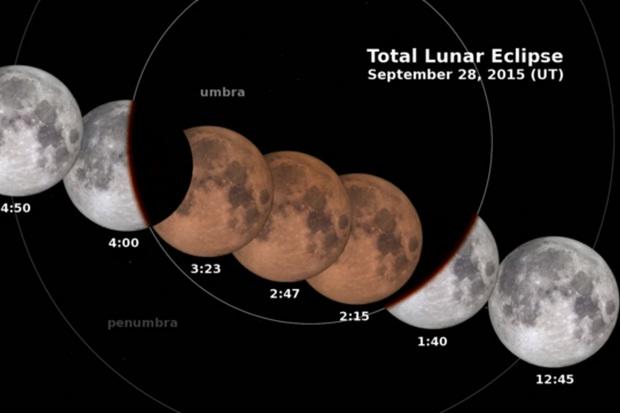Satellite imagery suggests its getting well organized with feeder banding starting to show with some outflow being detected in the upper levels. Most of the models suggest additional intensification over the next few days.
Already the Southeastern Bahamas are getting some rain associated with this system.
"Joaquin" will prove to be a "Nerve-Tester" as it may reach 90 mph winds by Friday as it nears the Central and Northwestern Bahamas.
Then most models stop it on a dime and push it due North keeping it over the Atlantic Waters.
After that dead stop, the models fan out with some taking "Joaquin" into the Mid Atlantic States and others as far east as Bermuda.

The reason for this sudden stop and turn is due to a front being pushed along by the Jet Stream.
This combo will act as a wall deflecting the storm from the Bahamas. BUT, it may be a close call, everything depends on how fast the jet and front move down.
Two things can happen, Scenario #1:

If the Jet and associated front are too slow moving south, this will allow for "Joaquin" to possibly impact the Bahamas.
It could be a 90 mph hurricane by then or maybe stronger. Intensity forecasting is not precise and it has a chance for further growth.
 Scenario #2:
Scenario #2:If the jet/front move in fast enough, it should deflect "Joaquin" north keeping it away from land, at least for the short term. We'll be watching.
